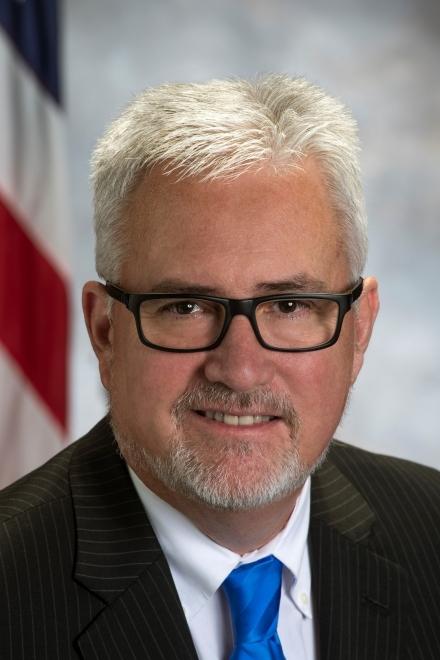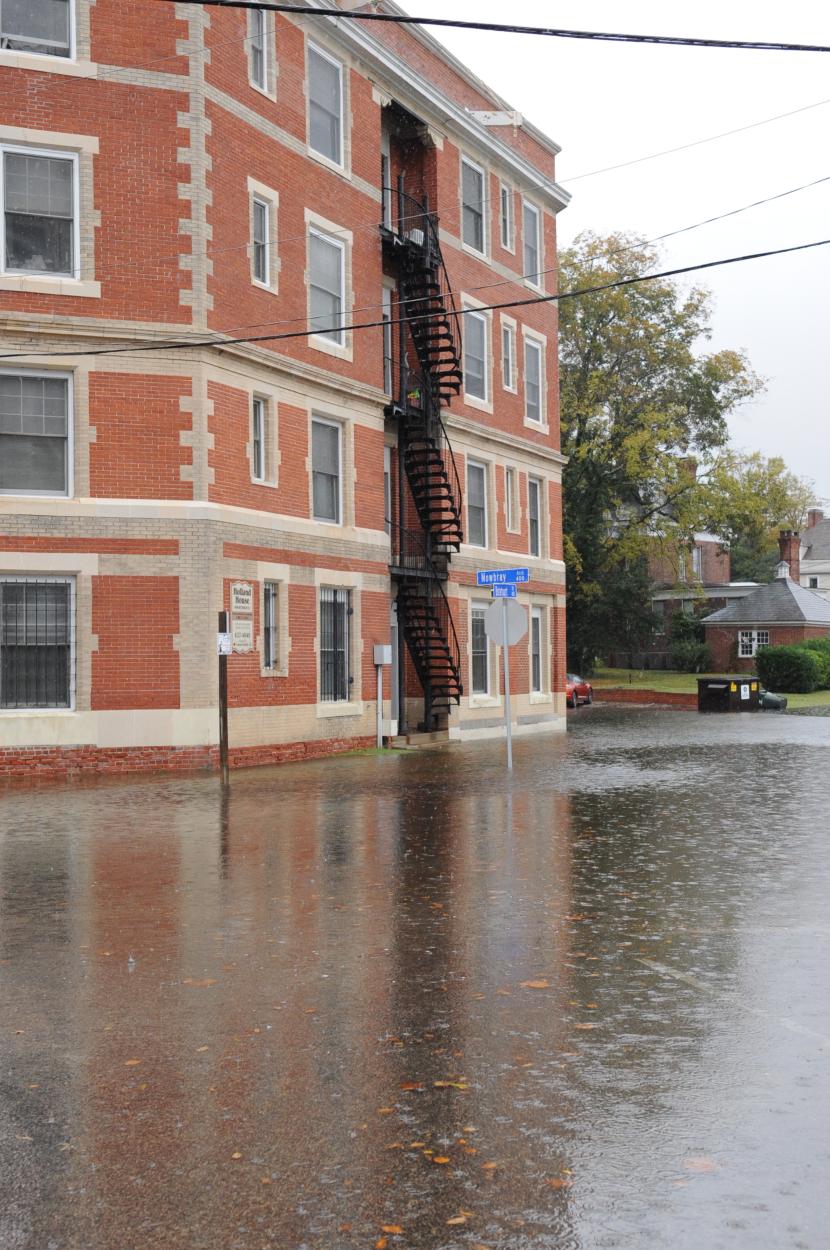Ross Gore
Researchers at Old Dominion University's Virginia Modeling, Analysis and Simulation Center (VMASC) have had two papers published in journals based on their development of a real-time platform that forecasts the spread of COVID-19 in Virginia.
The Journal of Medical Internet Research (JMIR) published an article by Christopher J Lynch and Ross Gore, "Short-Range Forecasting of COVID-19 During Early Onset at County, Health District, and State Geographic Levels Using Seven Methods: Comparative Forecasting Study." The study explores short-term forecasts of COVID-19 cumulative case counts during the early onset of COVID-19. Forecasting methods differ in their underlying assumptions about how the past predicts the future and how human behaviors, preventative measures, and geographic regions factor into expectations for future changes.
"We conducted this study to explore the validity of common forecasting methods for the early onset of COVID-19 spread," Lynch said. "We wanted to know what forecasting methods were most effective for a selected geographic level (county, health district, state). Also, we wanted to provide awareness of the assumptions within the methods to inform others who might be selecting among them."
A companion Data Article was published by Data in Brief (DiB) that describes their methodology, the forecasting methods, and how to reproduce the data contained in the JMIR article. Additionally, their code, forecasting data, and validation outcomes are uploaded to a Mendeley Data Repository and made freely available to facilitate transparency, reproduction, validation, and future extensions.
The combination of these articles and data repository support increasing health statistics and statistical literacy with respect to COVID-19 for policy makers and the public.
"Exponential growth curves received a lot of early attention," Lynch said. "However, our results showed that exponential growth was not the best method for projecting case counts during the early onset of the virus, especially if the population had already been made aware that the virus's arrival was imminent, and precautions had preemptively been set in place."
Lynch and Gore developed the Virginia County COVID-19 Daily Case Total Forecaster, which predicts the spread of the disease down to the city and county level. The Virginia Department of Health and Virginia Department of Emergency Management are using the forecasting platform as they formulate their vaccine rollout strategy.
The model uses a myriad of existing data sets, including COVID-19 case data at the county-level, which is updated daily by The New York Times; demographic data from the American Communities Survey (ACS); information about hospitalization, intensive care, and mortality rate of COVID-19 from the Centers for Disease Control and Prevention (CDC); and information about the incubation period of the COVID-19 virus provided by the Annals of Internal Medicine.
In addition, data from Twitter is included in the analysis in affected counties. Posts with tweets that mention "fever" or "cough" are collected daily, then run through a machine-learning algorithm to only classify tweets of individuals that are self-reporting symptoms.
Their project was taken on independently by VMASC as part of its mission to develop transparent computational models that help find solutions in complex areas.
"The aspect of the forecast I highlight the most in conversations with others is the degree of transparency we tried to achieve while putting it together," Gore said. "It serves as both a means to estimate the number of future COVID-19 cases and an example of how a simple forecasting approach that fuses data together from various sources can be effective in reducing uncertainty about the short-term future."
Related News Stories
David Bowles Reappointed to Virginia’s Aerospace Advisory Council by Gov. Northam
Bowles heads the Virginia Institute for Spaceflight Autonomy, a research enterprise of ODU’s Virginia Modeling, Analysis and Simulation Center. (More)
ODU Virologist Discusses Lasting Side Effects of COVID-19
Emilia Oleszak says possibly up to 50% of survivors report chronic, ongoing symptoms. (More)
ODU Researchers Lead Local Resilience Partnership Aimed at Helping Displaced Vulnerable Populations During Disaster Events
The project is one of two in the state being funded by a “Stage 1” Civic Innovation Challenge Grant. (More)







